This Chayote soup recipe is similar to seafood chowder but is gluten- and dairy-free. The creamy texture of the chayote creates a naturally smooth texture, and there is no need to add cream or flour like in a chowder. This soup is served with mussels, and the bitterness of the Broccoli Rabe or edible flowers Begonia balances their sweetness. It is perfect for dinner parties, as it can be served cold or warm.

Chayote squash sounds exotic but is grown locally and widely available in many Mediterranean countries. It is called Chocho in the Caribbean and Coko in Australia and New Zealand and is also known as Mirliton squash, vegetable pear, or mango squash.
It was introduced to Europe after the discovery of America and has adapted well to the local climate. It is very easy to grow, like a squash, although it requires a lot of water. The chayote season runs from October to November.
It has only one large seed in the center, and its pulp is very sticky. It has a mild flavor like zucchini but it has a crunchier and stickier pulp.
That is why when you boil it and blend it, it makes a beautiful foamy soup.
Chayote might look unusual, but you should not be intimidated. It is just a variety of zucchini, and you can cook it the same way.
Other recipes you can make by replacing zucchini with chayotes are: zucchini recipe pasta and ricotta, zucchini mushroom quiche, Ciambotta or Giambotta Italian vegetable stew.
For seafood ideas for the Feast of Seven Fishes, check out this Web Story.
Jump to:
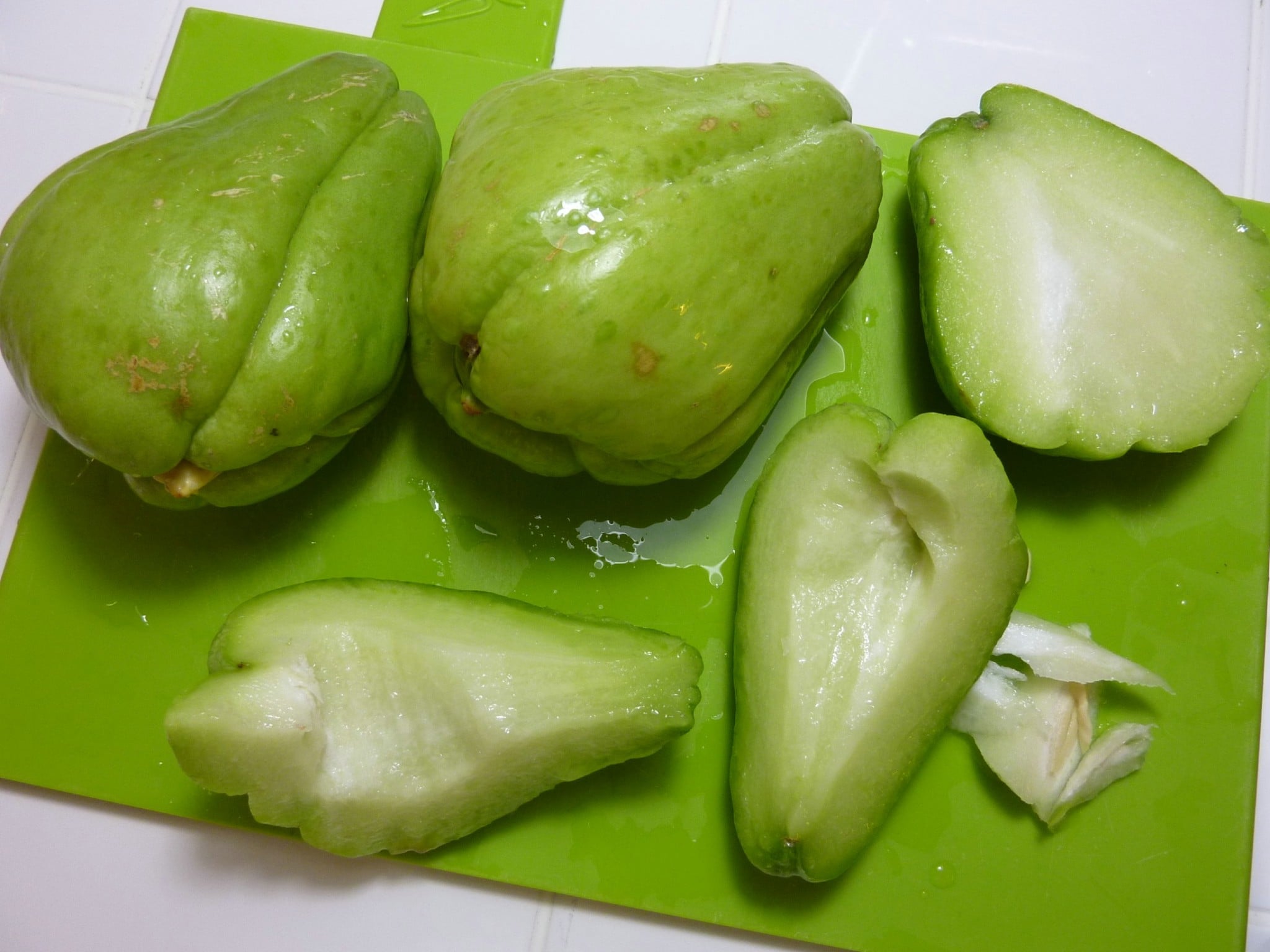
Chayote and seafood
Due to the chayote's creamy texture, this recipe does not need carbs to thicken the soup, and it is carb-free and low-calorie.
Although Chayote has a peculiar characteristic, it is tasteless and is, therefore, an excellent base for mild soups like this one.
In this recipe, I blend it with a light fish sauce made with delicate fish fumet and mussel juice.
The bitterness of the edible flowers Begonia or Cime di Rapa balances the chayote's creaminess and the seafood's sweetness adding a depth of flavor.

Ingredients
To make this recipe, you will need to prepare the following ingredients:
- Fish stock or fumet
- Mussels and their juices
- Chayote mousse
- For decoration: edible flower begonia or broccoli rabe, rapini
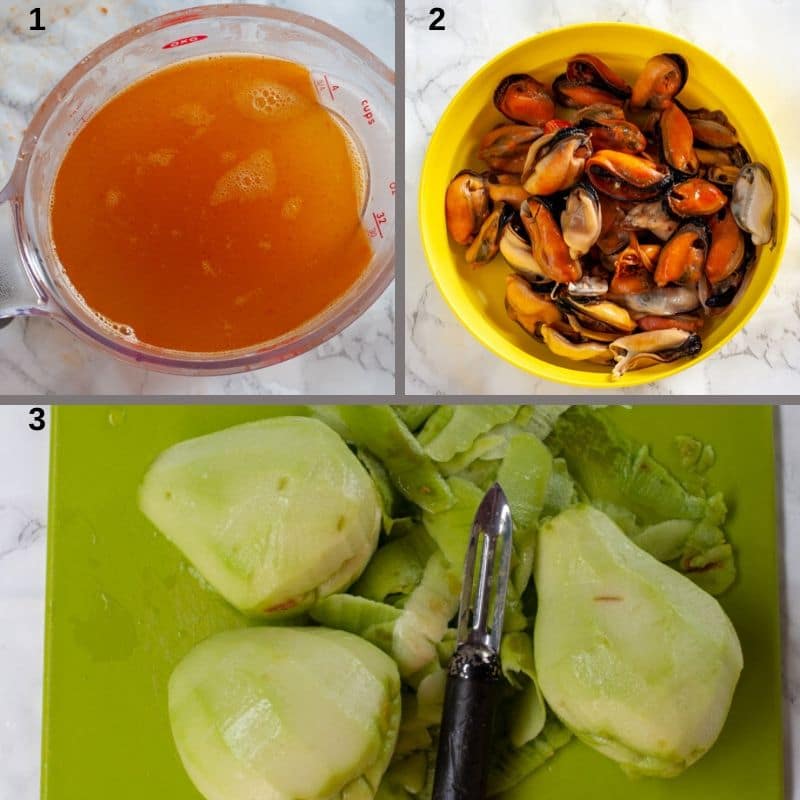
Fish stock or fumet
The base of this recipe is a fish stock or a fumet. The fish stock is easier to make, while the fumet requires additional steps. While the fish stock is made by boiling fish bones with vegetables, the fish fumet has more delicate and intense as it is flavored with wine and reduced.
You can find the recipes here; choose which one you want to use based on your time:
You can also buy fish stock already made at your fishmonger.
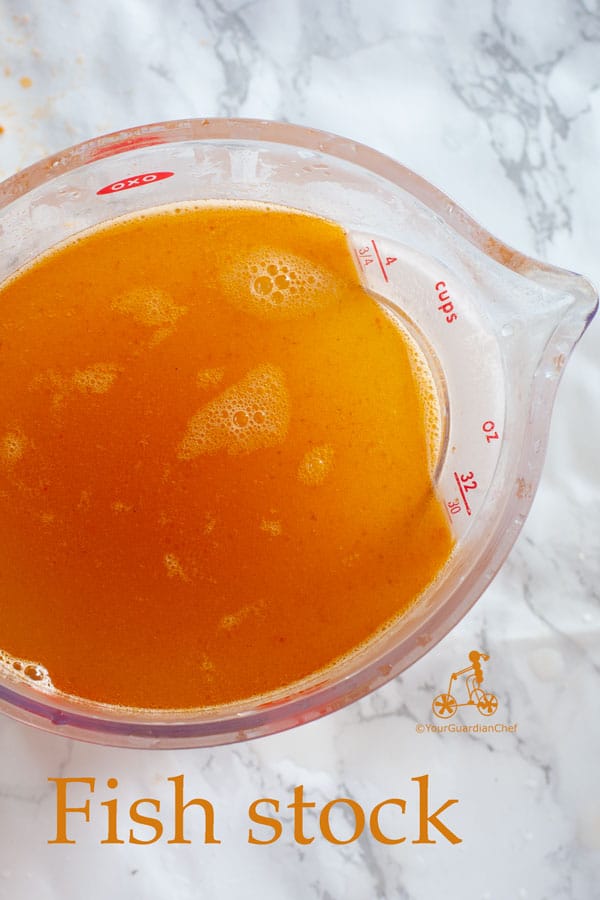
How to buy fresh mussels
Mussels are delicious when fresh, but they can be a dangerous source of seafood poisoning if not chosen correctly.
Buy them only from your trusted fishmonger and ask them to clean them as they are a pain in the neck.
They are often full of barnacles; when you try to clean them, your fingers get sore and bleed.
Personally, I always try to avoid mussels during the hot season, neither buying them or ordering them at restaurants.
The heat makes seafood more susceptible to attracting bacteria.
Fresh mussels should be cooked alive. If they are already dead they are dangerous to eat.
Here is how to check fresh mussels are alive:
- Fresh mussels should be closed and cannot be opened by hand no matter how hard you try
- Discharge any open or broken mussels
- Rinse them under running water one by one and throw away any open or broken mussels
- If they are open, but immediately close when you touch them, try to open them again. If you cannot reopen them, they are OK to eat.
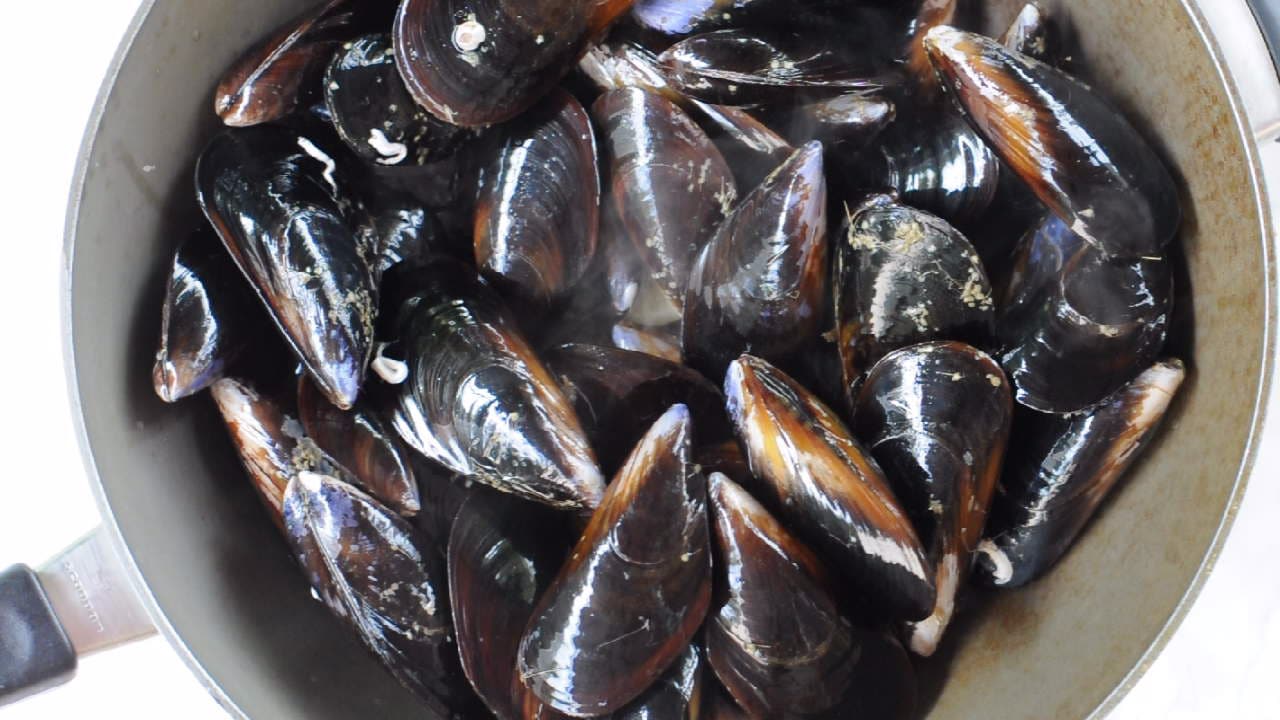
Instructions
How to cook the mussels
In this video, I make 1 lb - 500 gr of mussels as they sell them in such quantity, but you only need a small amount for this recipe.
In this occasion, I used them to make my next soup: seafood chowder.
However, you can freeze the leftover mussel juices and serve the remaining mussels with the main, like this cod and salmon fish pie or the ultimate seafood platter.
The ingredients are:
- 1 lb - 500 gr of fresh mussels
- 1 clove of garlic
- 1 cup dry white wine
- 2 tablespoon extra virgin olive oil
Fresh mussels are naturally salted, you do not need to add any salt
This is how to proceed:
- In a large saucepan, stir fry 1 sliced clove of garlic.
- Put in the mussels and stir fry at medium-high heat covered until they are all open.
- Stir from time to time
- Add 1 cup of white wine and let it simmer for 1 minute until it evaporates
- When they are ready, remove the mussels
- Keep the water released by the mussels while cooking.
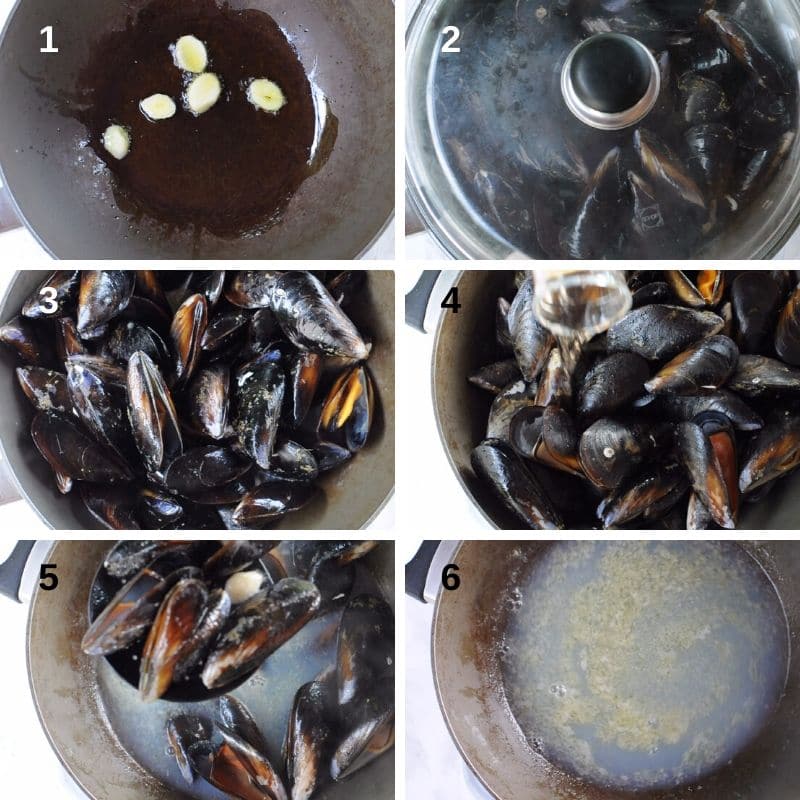
- Strain the water through a paper cloth and let it rest so that any residual of sand will fall at the bottom.
- Clean the mussels and put them aside.

Top tips for cooking mussels
- Fresh mussels are naturally salted. You do not need to add any salt
- When cooking the mussels, keep the pan covered and turn them every once in a while to make sure they will all open
- Once opened, the mussels are cooked
- Do not overcook the mussels, two to three minutes are enough.
- If some mussels are still not open, remove the opened ones from the pan and cook only the closed ones.
- Any mussels that remain closed even after cooking should be discarded
- Remove any broken open mussels after you have cooked them, but do not worry if you cooked a broken one with the others. The rest of the mussels will not be infected.
Cooking the chayote
- Peel the chayotes
- Remove the central seed and cut them in small cubes.
- Boil the chayote with 1 teaspoon of salt for 20 minutes at medium heat.
- Once the Chayote is fork tender, drain it and transfer it to a bowl to cool completely.
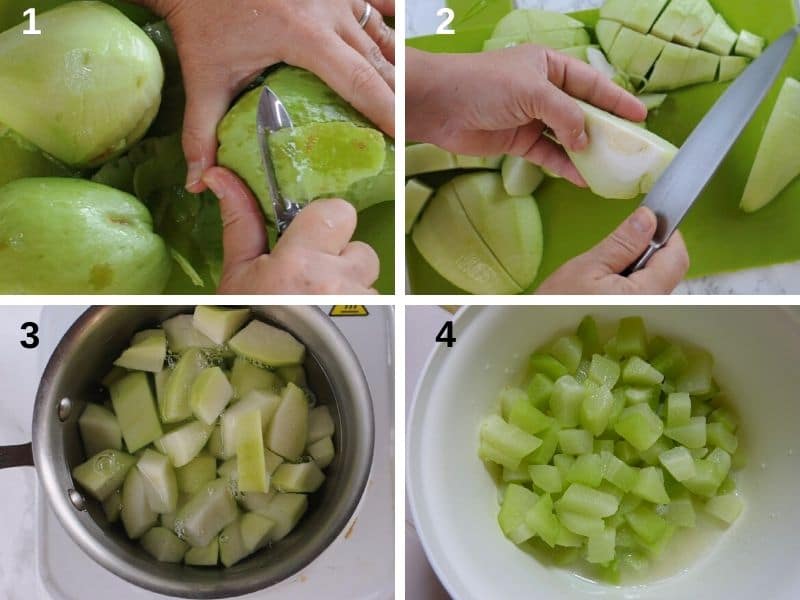
Making the soup
Once all the main components are ready, we can put it all together.
We must mix the fish fumet, the water from the mussels, and the Chayote to make the mousse.
It is essential to mix the correct quantity to balance taste and consistency.
- Start by adding ½ cup of mussels water and ⅓ of fish fumet to the Chayote and blend in a food processor.
- Taste and add more fish fumet or mussels water until you reach your desired taste and texture.

Serving the Chayote soup
Once the mousse is ready, pour it into the dishes and decorate it with a few mussels and Begonia or broccoli rabe heads.
Drizzle with some extra virgin olive oil and black pepper.
This soup is best served cold,, but it can also be served warm. When eating, the sweetness of the mussel will be balanced by the acidity of the Cime di Rapa or the Begonia, all softly bounded by the Chayote mousse.
It is the perfect starter for a fancy no, carbs, low calories dinner!
As main you can serve:
- Whole Sea Bream Recipe Cooked in Salt
- Trout in a parcel with lemon and parsley served with basmati rice
- Cod with potatoes

Top tips
Tips for the chayote squash
- Chayote is just a zucchini squash with one large seed in the center. You can substitute it with other zucchini, but you may not get the same smooth texture.
- The chayote has needles in its skin. Make sure they have been removed before you touch them. They usually do this at the supermarket.
Chayote is so smooth and creamy that there is no need to add potatoes or beans. This soup has no carbs, and since chayote is a squash, it is also very low on calories.
You can use chayote squash as a base for any no-carb soup you want to make!

Edible flowers Begonia
Edible flowers are an excellent decoration to use for a festive dinner party. Not only do they add color to a particular dish,, but they also have a unique taste.
They are very versatile, and you can use them in many ways, but I prefer using them raw.
Cooking edible flowers ruins their beauty, and their fresh, colorful look brings joy to a dish.
The intense red color and the beautiful shape of the Begonia give such a festive look to this smooth mousse. They are the perfect combination of color as well as taste.
The Begonia has an acidic taste that breaks the chayote's sweetness and the seafood. It is so elegant floating on this light green foam, like a water lily.

Substitution
A perfect replacement for Begonia is Boccoli rabe (Cime di Rapa) as they have a similar bitter taste.
Cime di Rapa node, also called Rapini, is commonly marketed as broccoli raab/rabe in the United States.
They look like tiny broccoli but have a bitter taste. In Italy, they are served stir-fried garlic, often with Orecchiette pasta.
We Italians cook them like broccoli, and we don't remove their bitter taste as this is what we like about them.
- Clean and boil the Cime di Rapa for 10 minutes in a separate pan with a teaspoon of salt.
- When done, drain them and put them in iced water to preserve their lovely green color.
- Add two to three heads in each plate
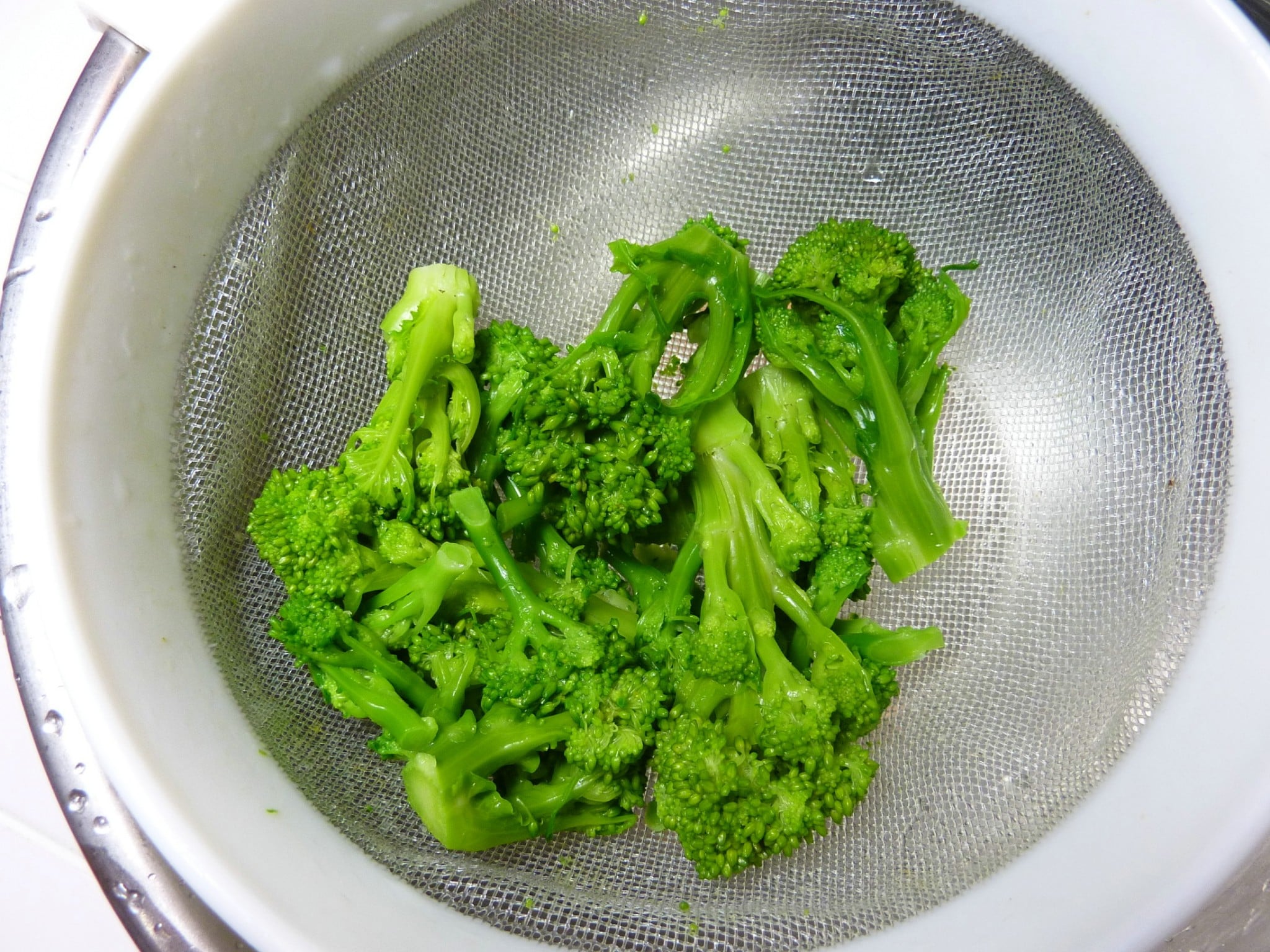
If you are making the chayote squash soup, leave your comment below I would like to hear from you. You can find more delicious ideas if you FOLLOW ME on Facebook, YouTube, Pinterest and Instagram or sign up to my newsletter.

📋Italian Chayote Squash Soup Recipe With Mussels
Ingredients
Mousse
- 3 chayotes
- 10 cime di rapa node
Mussels
- 1 lb mussels
- 1 clove peeled garlic cloves
- 1 cup dry white wine
- 2 tablespoon extra virgin olive oil
Fish fumet
- 1 small fish to make the fumet here I use gurnards
- 2 cup dry white wine
- ½ cup cherry tomatoes
- 1 onion
- 1 tablespoon concentrated tomato paste (optional)
- salt & pepper
- 2 tablespoon extra virgin olive oil
Equipment
Instructions
Fish fumet/Stock
- Put the gurnard in a small roasting pan with salt and pepper.1 small fish to make the fumet, salt & pepper
- Add 1 cup of white wine and 4 cherry tomatoes cut into pieces.½ cup cherry tomatoes, 2 cup dry white wine
- Put the fish in a hot oven at 350 F - 180 C for 20 minutes.
- In the meantime, stir fry a small onion and 3 chopped cherry tomatoes in a large pan to make the fish stock.1 onion, 2 tablespoon extra virgin olive oil
- Once the gurnard is done transfer it in the stock pan and add 1 spoon of concentrated tomato sauce.1 tablespoon concentrated tomato paste
- To keep all the flavors of the roasting fish, pour some water in the roasting pan to deglaze it and pour it over the fish
- Let it simmer for 20 minutes.
- Strain the fumet with a paper cloth and let it cool off completely
Mousse
- In the meantime peel the Chayotes and cut them in small cubes.3 chayotes
- Boil the chayote for 20 minutes.
- Once the Chayote is cooked, drain it and transfer it to a bowl to cool completely.
If you are using cime di rapa
- Clean and boil the Cime di Rapa for 10 minutes in a separate pan with a teaspoon of salt.10 cime di rapa node
- When done, drain them and put them in iced water to preserve their nice green colour.
Prepare the mussels
- In a frying pan, stir fry 1 sliced clove of garlic.1 clove peeled garlic cloves, 2 tablespoon extra virgin olive oil
- Put in the mussels and stir fry covered until they are all open.1 lb mussels
- Stir from time to times
- Add 1 cup of white wine and let it simmer for 1 minute until it evaporates1 cup dry white wine
- When they are all open, remove the mussel but keep the water released by the mussels while cooking.
- Strain the water through a paper cloth and let it rest so that any residual sand will fall at the bottom.
- The water from the mussels is naturally salted and will be used instead of salt to season the Chayote mousse.
- Clean the mussels and put them aside.
Creating a balanced flavour
- Now mix the fish fumet, the water from the mussels and the Chayote to make the mousse. It is important to mix the right quantity to balance taste and consistency.
- To start add ½ cup of mussels water and ⅓ of fish fumet to the Chayote and blend.
- Taste and add more fish fumet or mussels water accordingly until you reach the desired taste and texture.
- Pour the mousse in the serving bowl and add 4 mussels and 4 Cime di Rapa per plate to garnish.
Video
Notes
Tips to make this Chayote squash recipe
Tips for the chayote
- Chayote is just a zucchini squash with one big seed in the centre. You can substitute it with other zucchini but you may not get the same consistency of the mousse
- The chayote has needles in their skin, make sure they have been removed before you touch them. They usually do this at the supermarket
- You can easily grow chayote in a climate similar to the Mediterranean, but they need a lot of water
- You can use chayote squash as a base for any no-carb soup you want to make!
Tips for the fish fumet
- The difference between a general stock and a fumet is that the main ingredient is first roasted or stir-fried. The flavour of the fumet is more intense than a general stock, and in this recipe works perfectly.
- If you want to take a short cut you can use fish stock.
- To make the fumet you can buy a small fish, here I use gurnards. Don't worry about the fish bones, we will just use the stock, not the meat from the fish.
- Keep strictly to the cooking time, seafood should never be overcooked as it will get tough and develop a bitter flavour.
- You can make the fumet ahead of time and either keep in the fridge for 1 day or freeze it.
Tips for the mussels
- Mussels can be a dangerous source of seafood poisoning if not chosen correctly.
- Buy them only at your trusted fishmonger and ask them to clean them
- Try to avoid them during the hot season
- Fresh mussels should be cooked alive, once dead they will be infected.
-
-
- Fresh mussels should always be closed and cannot be open no matter how hard you try
- Discharge any open or broken mussels
- Rinse them under running water one by one and throw away any open or broken mussels
- If they are open but when you touch them they close and will not open if you try, they are fine to eat.
-
- Fresh mussels are naturally salted, you do not need to add any salt
- When cooking the mussels, keep the pan covered and turn them every once in a while to make sure they will all open
- Once open the mussels are cooked
- Do not overcook the mussels, 2 to 3 minutes are enough. If some mussels are still not open remove the opened one and cook only the closed ones.
- Any mussels that remain closed even after cooking it should be discharged
- Remove any broken open mussels after you have cooked them, but do not worry if you find some once you finished cooking them. The rest of the mussels will not be infected.
Tips for putting it all together
- The water from the mussels is naturally salted. Taste and add more fish fumet or mussels water accordingly until you reach your desired taste and texture
Nutrition
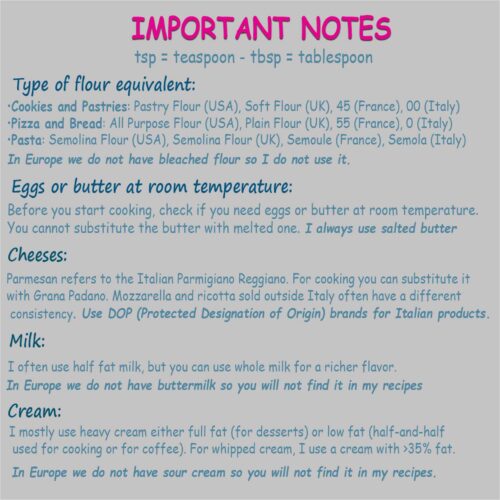
Origin of this recipe
This recipe is from my uncle Nicola Zerbi


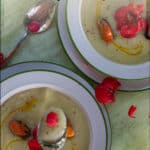
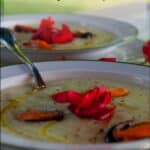




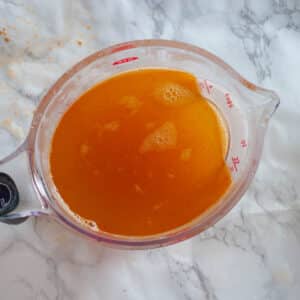

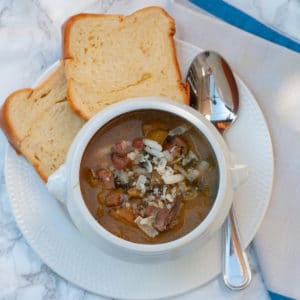

Kate | Veggie Desserts
Gosh, cooking for Michelin starred chefs must haven scary and incredible! These recipes look amazing and thanks for the step by steps.
Laura
thanks, it was stressful but a lot of fun too
Natalia
Love your recipe and how your explained the cooking process in detail. Now I know exactly how to make it and how to use Chayotes in my kitchen, which I never though of as courgettes before.
Laura
That is a coincidence. Yes they don t look like a courgette but that is what they are
Julia
Hmm, I have to say I have not come across a chayote squash here in Spain. Actually, I had never heard or seen it before but glad I learned something new today 🙂 This dish looks delicious!
Laura
You might want to check on the exotic vegetable section at the Supermarket. Also here in France, they display amonge exotic vegetables so they can sell them at a high price but they are actually grown locally. You might find it at lower prices in a local market.
Tina
I am so glad I found this recipe. Chayote squash has been a mystery to me and have wanting to give this one a whirl. Perfect recipe, thanks!
Laura
I am glad I was able to inspire you. It is an unusual vegetable
Brandi
I haven't had this before. Looks delicious and like something I should try.
Laura
It is an amazing vegetable, very easy to use
danielle de nice
j'aimerai bien que la recette soit en français !! je ne comprends pas l'anglais!! merci de le faire!!!
Laura
Danielle, Merci pour votre commentaire. Beaucoup de mes lecteurs qui préfèrent lire dans d'autres langues utilisent l'option Chrome pour traduire la page et cela se fait automatiquement. J'espère que cela fonctionne pour vous